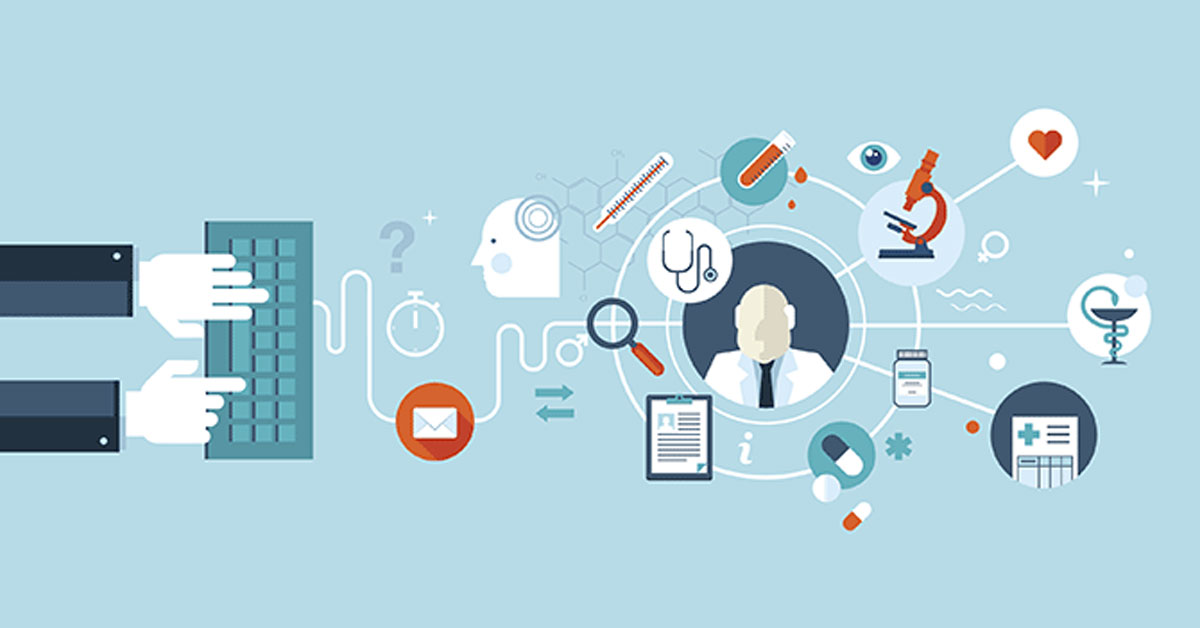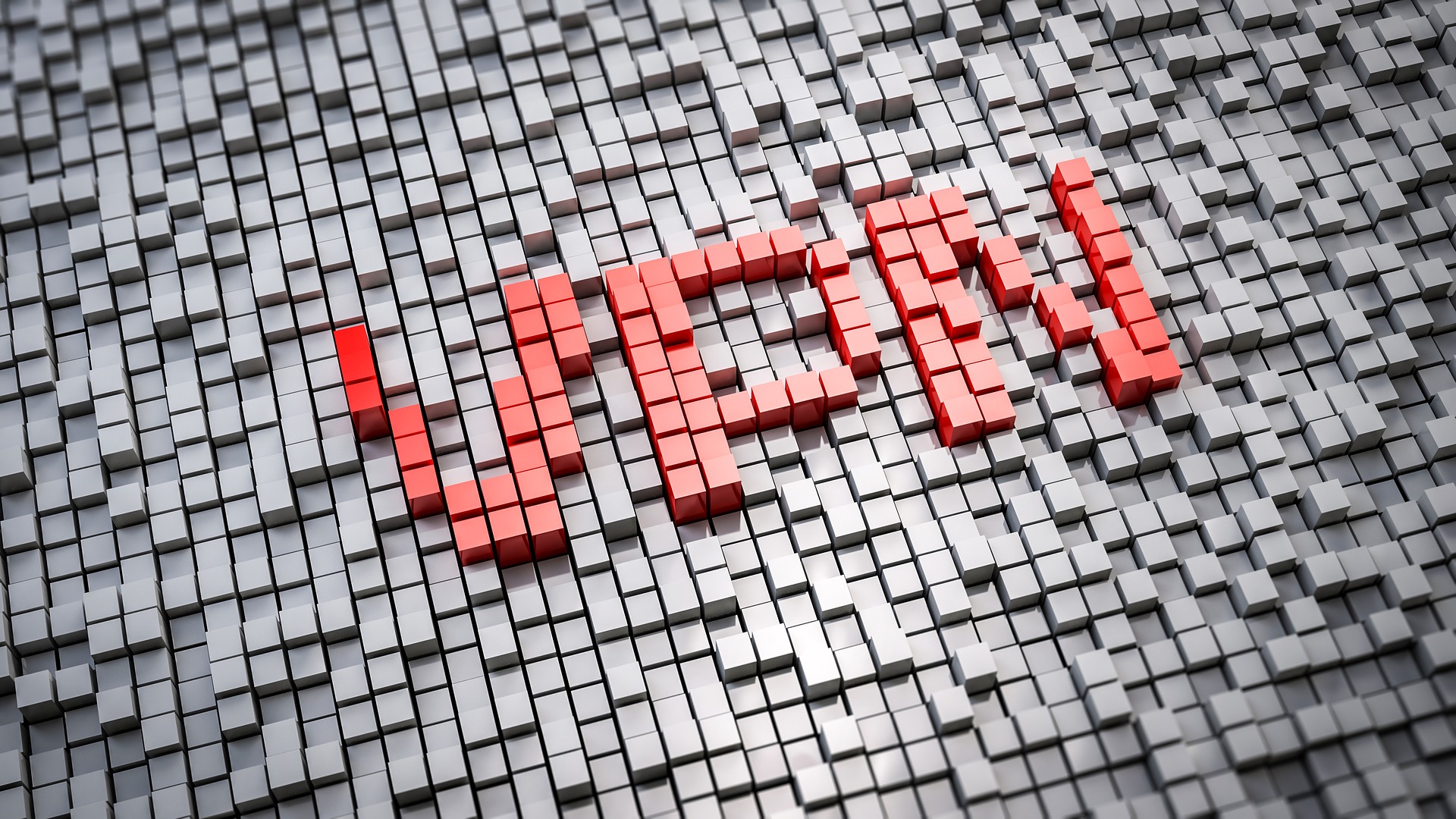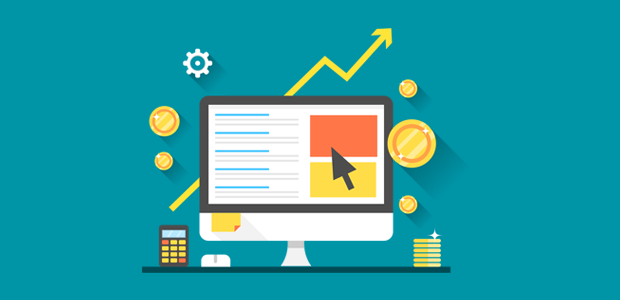How to Achieve EHR Implementation Success

Medical practices are rapidly adopting electronic health record systems or EHRs. More than 67 percent of physicians and healthcare facilities are switching to new EHRs, to stay competitive and to give their customers the best care experience. Check this URL to get expert help in improving the quality, efficiency, and productivity of your medical practice. Some of the benefits of this technology include:
Table of Contents
Ease of access
Thanks to innovative technologies, physicians are no more restricted to the boundaries of a healthcare facility. They are scheduling their patients and can access their health records remotely. In a typical EHR interface, lab results, reports and patients history are just a click away and workflow is more efficient than accomplishing it manually.
Enhanced communication
Interactions through web and social networks have optimized communication. Patient Portal and other messaging solutions empowered patients to get in touch with their physician whenever needed.
Appointment requests, reminders, alerts, and messages are exchanged through phones, tablets, and laptops and the whole healthcare system is experiencing a digital transformation.
The emergence of EHR technologies has given greater possibilities of doctor-patient interactions. Patients can access their medical data whenever and wherever they want. EHR integrated devices, wirelessly monitor blood pressure, sugar levels, activities and transmit patients’ information to doctors.
Better collection of information would help doctors spend more time with patients than wasting time in paperwork.
Automation and data integration
Most of the clinical procedures have been automated through the EHR system. Billing and coding consumed most of the physicians’ practice time. Now bills are sent electronically and the EHR system helps to reach accurate coding and clinical decisions.
Healthcare information exchange has put everything on the cloud, ready to be accessed from anywhere. From the front desk to labs and pharmacies, every clinical procedure has its electronic version. Patients’ health information is accessed, updated and exchanged through an advanced data integration system.
Quality of care
To get maximum reimbursements, maximum productivity is a must. Electronic form filling at front desks and easy availability of health records have expedited the clinical workflow. However, it should not mean a compromise on the quality of care.
Time saved from filing documents and elaborately writing everything is now spent on paying more attention and care to patients. Most of the patients can remotely share their health details and symptoms and providers can investigate even before the actual visit.
The adoption of the electronic health record (EHR) system has optimized medical practices, improved efficiency, and quality of healthcare. Implementation of this system pushed by the government agencies is observed as a cost-saving tool.
However, implementing an electronic health record (EHR) is a challenging job and requires planning, research, and a step-by-step approach. The process includes evaluation and implementation while ensuring the confidentiality of the data, access, accuracy of processes and compliance to standards.
A proper implementation strategy can smooth the path to the successful adoption of the new system. Here are a few tips that one should follow while implementing EHRs.
- Always plan for the EHR implementation. Switching to EHR is not just about automating clinical processes rather it involves complete transformation to a digital system. To bring such radical changes to your practice requires extensive planning.
- Do not rely only on the training manuals that come along with the software. You would end up just learning by the exclusive features of the product. Learn to use that how best this application substitutes your in-house practices, and at the same time how successfully it demonstrates the return on investment.
- There is no one-size-fits-all formula when switching to an electronic health record system. EHR application with a customizable dashboard is highly recommended. EHR should demonstrate a user-friendly interface and capability to automate processes. Enlist the queries that you need at your medical facility rather than what the application offers.
- Do not ignore the training phase. Address the issue right at the spot rather than trying to find answers afterward. Raise all the questions and queries to your trainer, jot down whatever comes to your mind, and find answers at the learning stage.
- Evaluate the skill level of every employee, which may not be the same. Using a computer for simple tasks does not qualify that your staff is equipped with all the necessary skills. Bring aboard your staff to complete the training program with an acute understanding of who needs to learn what. Secondly, everyone at the facility should be at the same level of skill, because malpractice by one can spoil efforts of all others.
- A step-by-step adoption of EHR technology gives proper time to learners mastering all the functionalities. Allow each user to master EHR software, before actually using it in their practice.
- Before going live, it is important to test each process. Testing is important to make sure that all the processes are working properly and your practice won’t face any problem during actual working.
There is no doubt about the difficulties and challenges of EHR implementation in the beginning, but returns on this initial investment are far-reaching. EHR helps reduce expenditures, improves coding, transcription, chart management, better reimbursements, and saves time.





